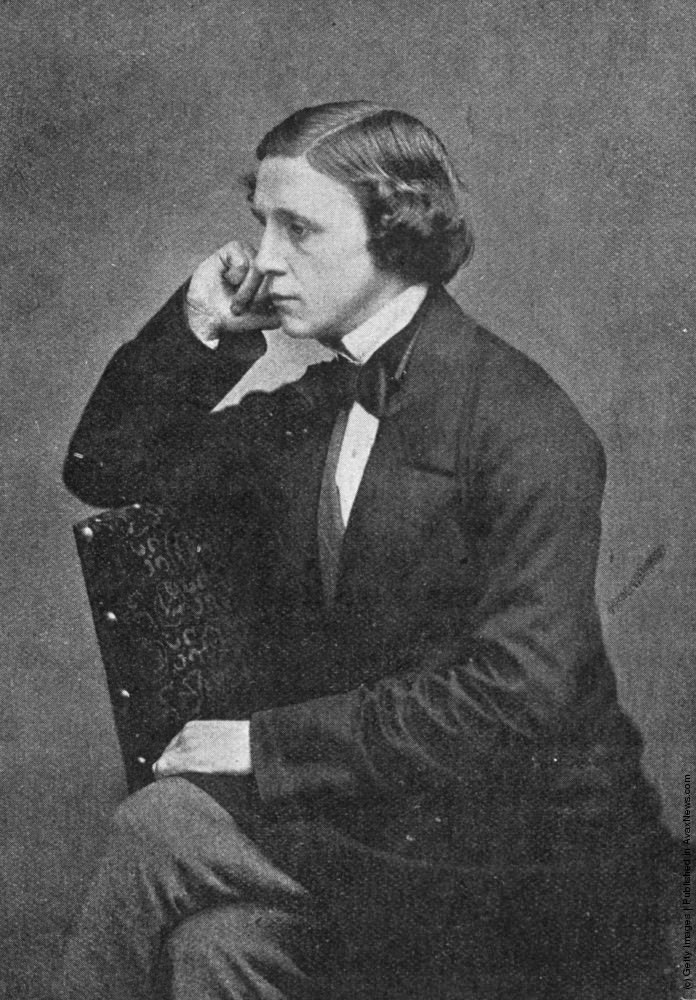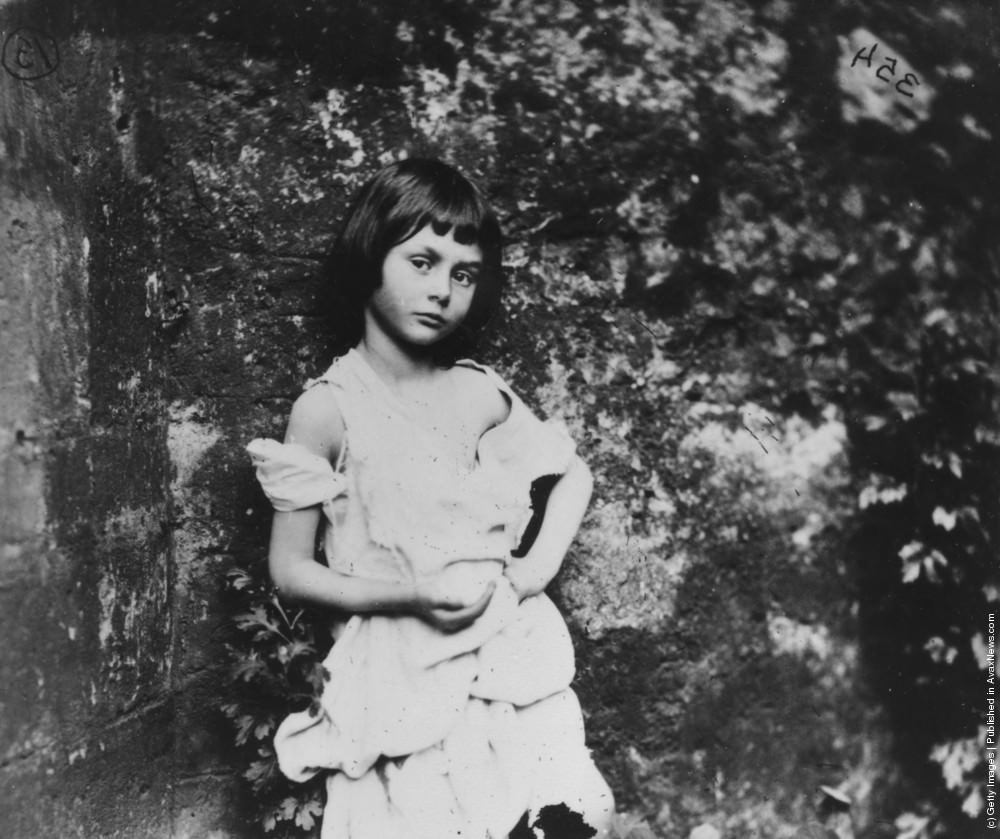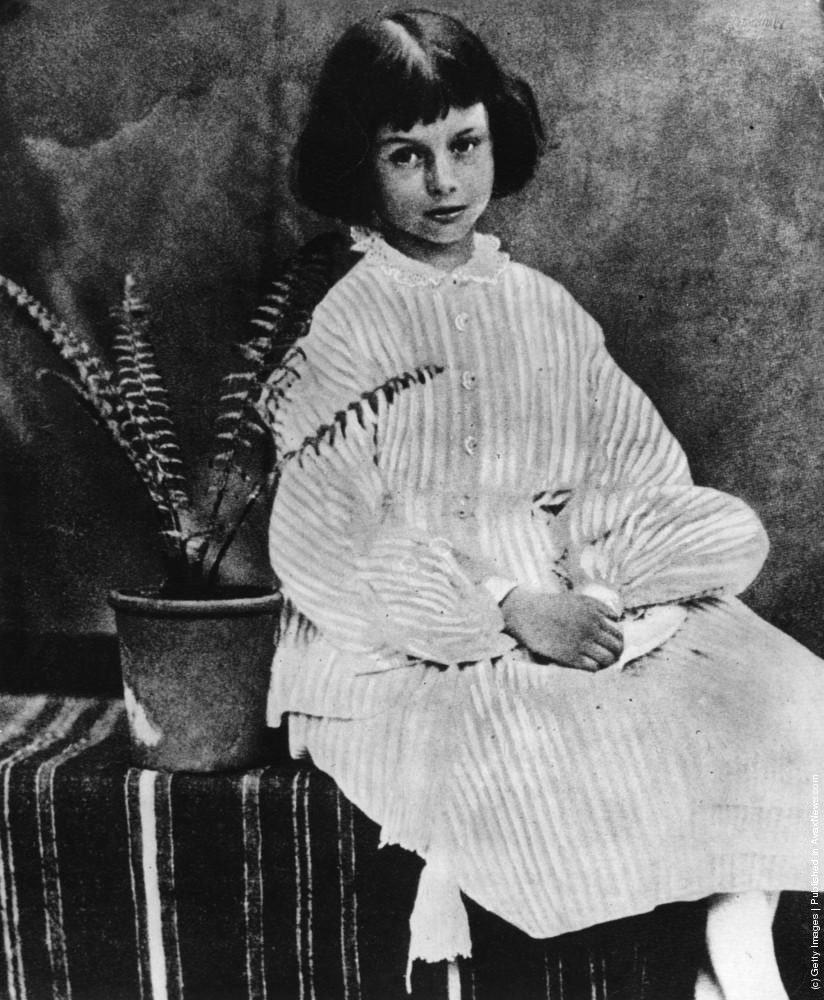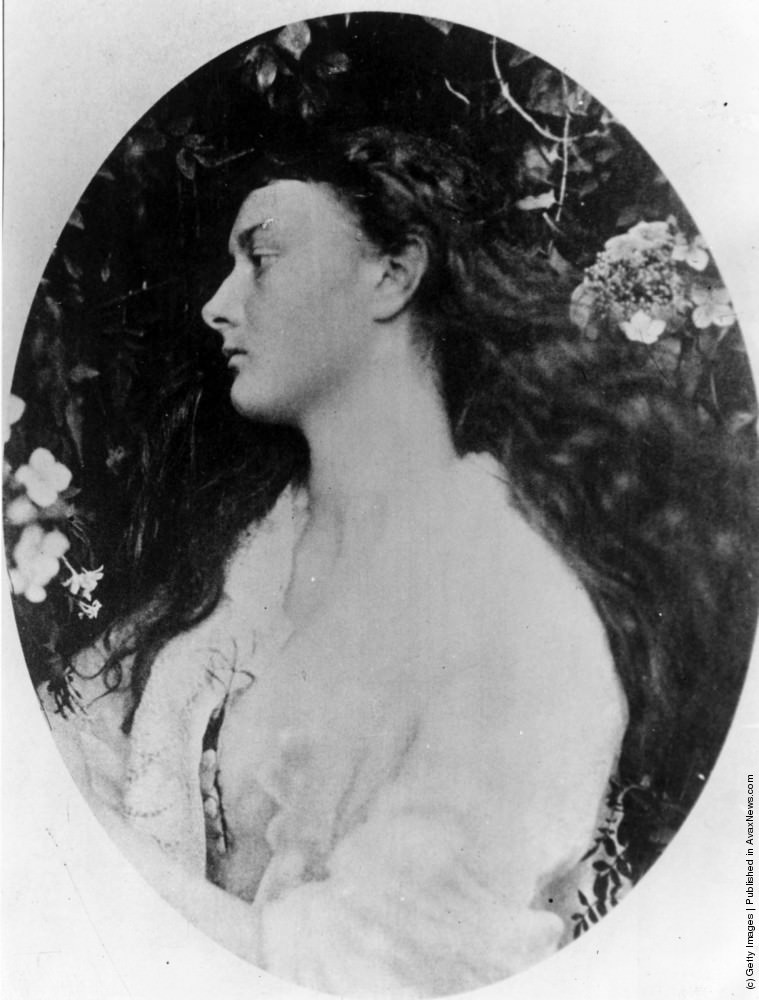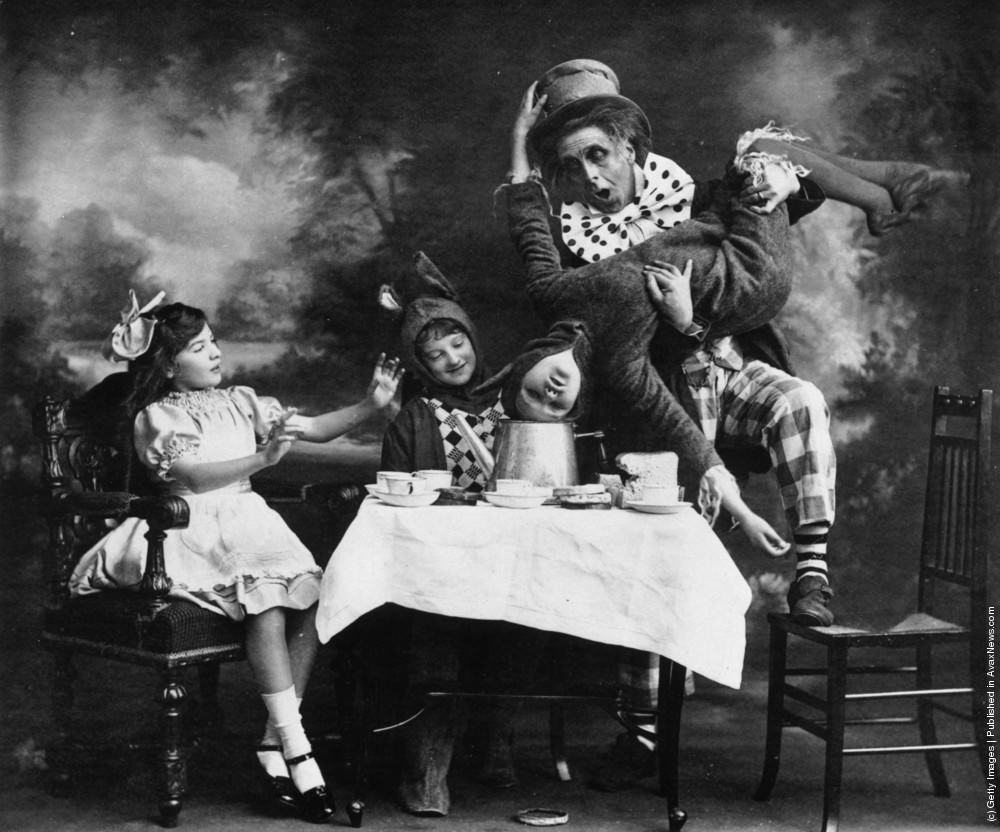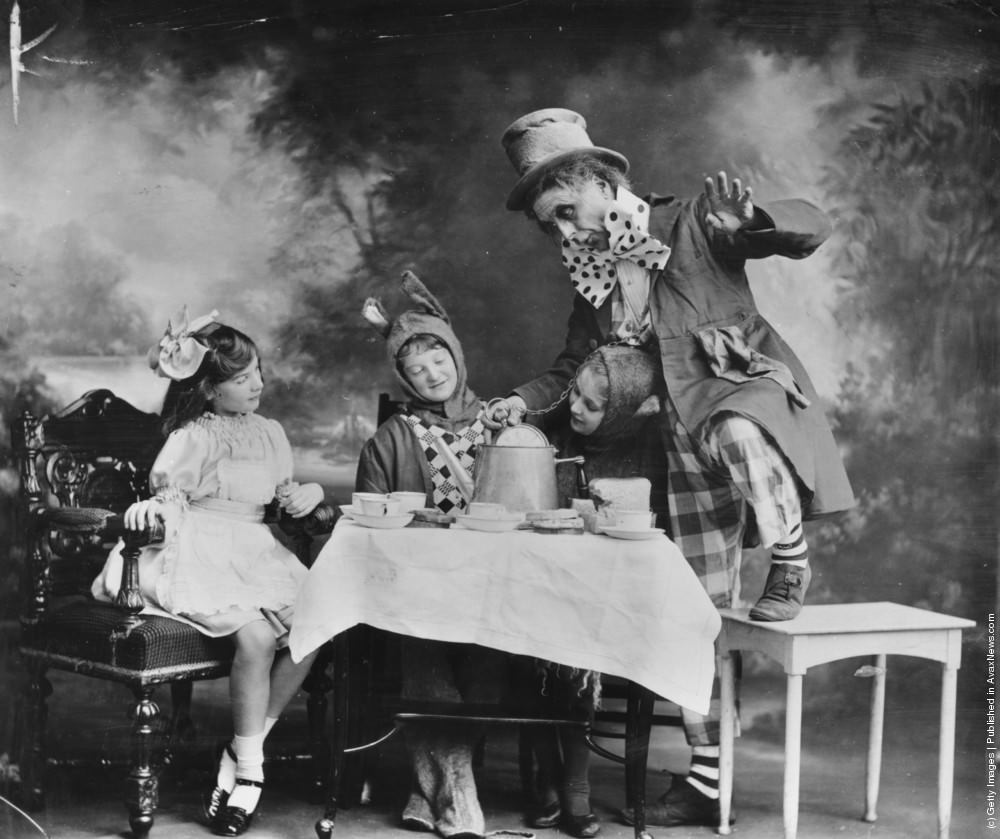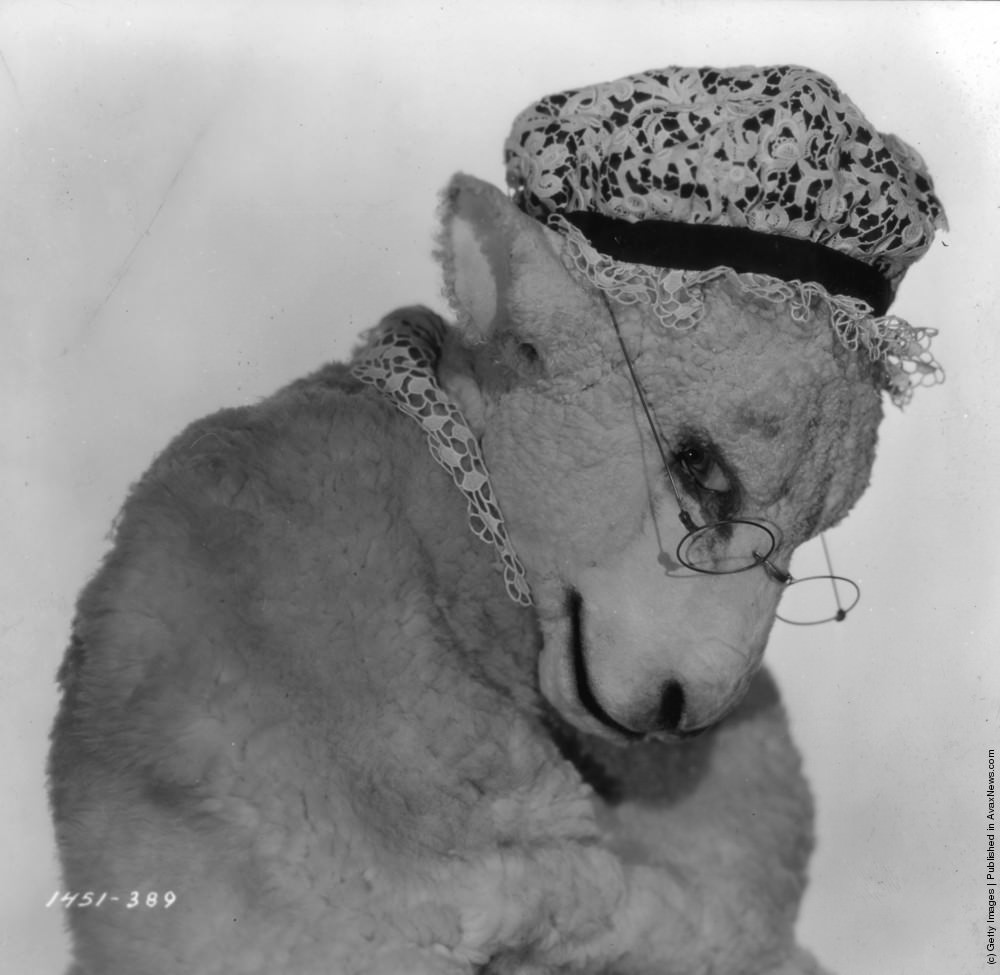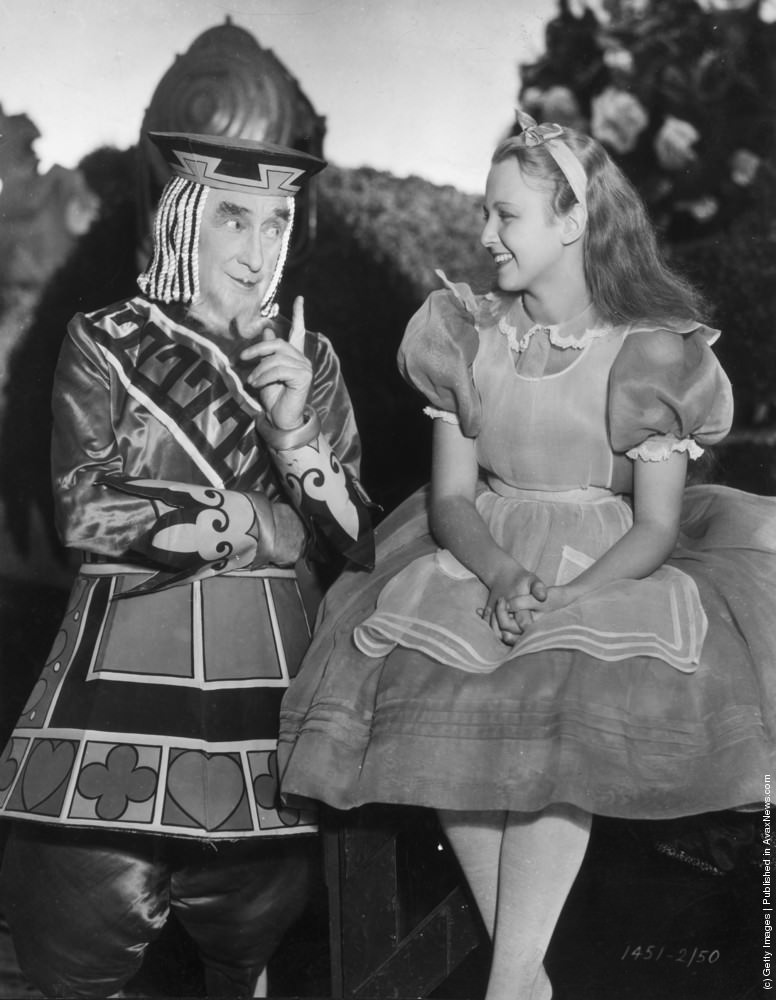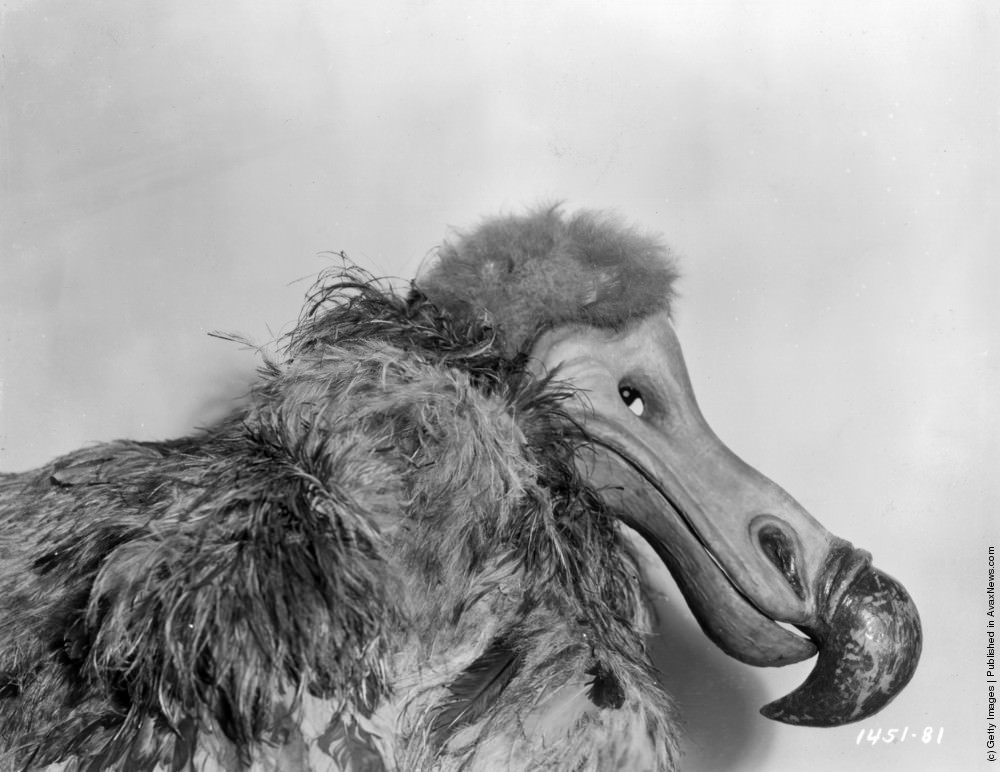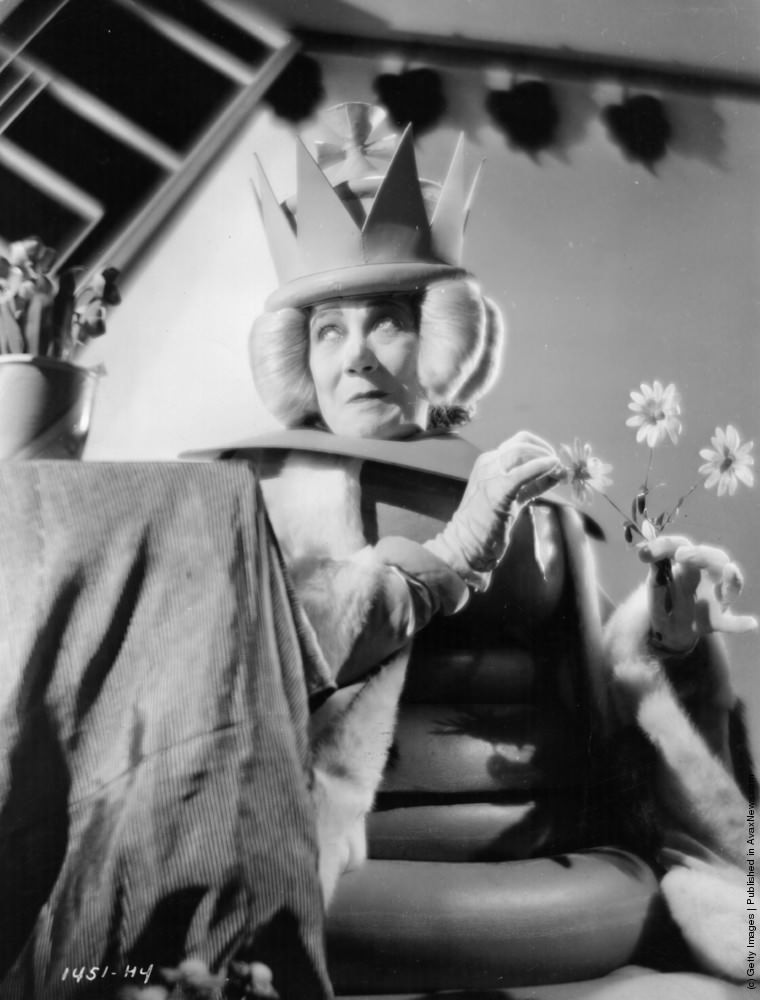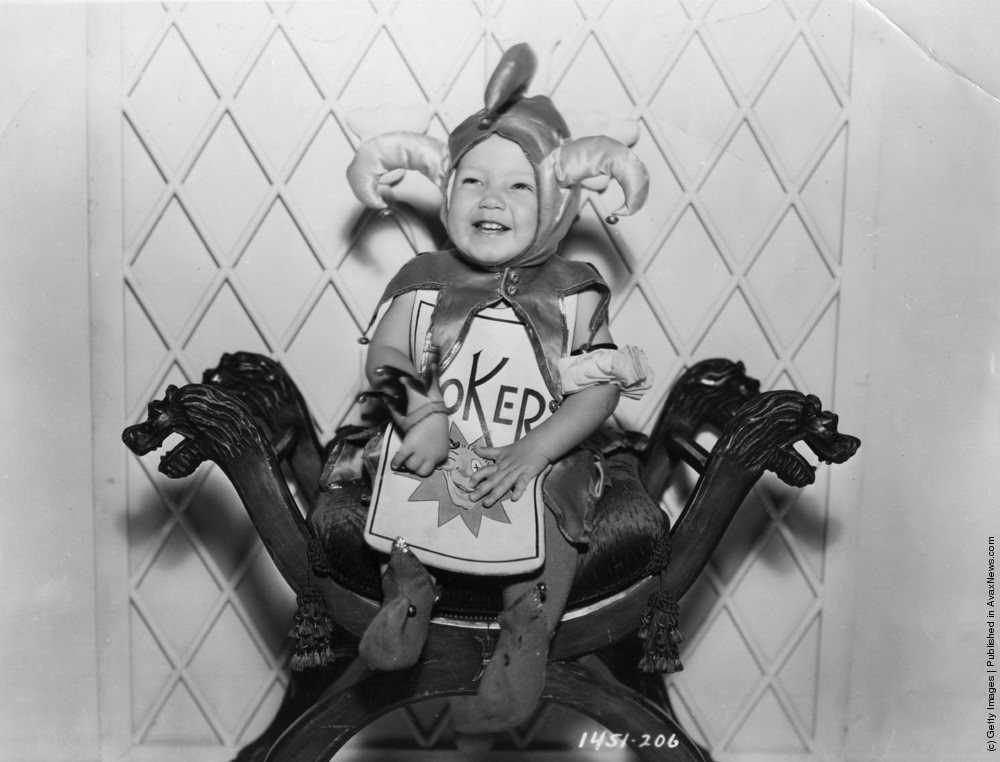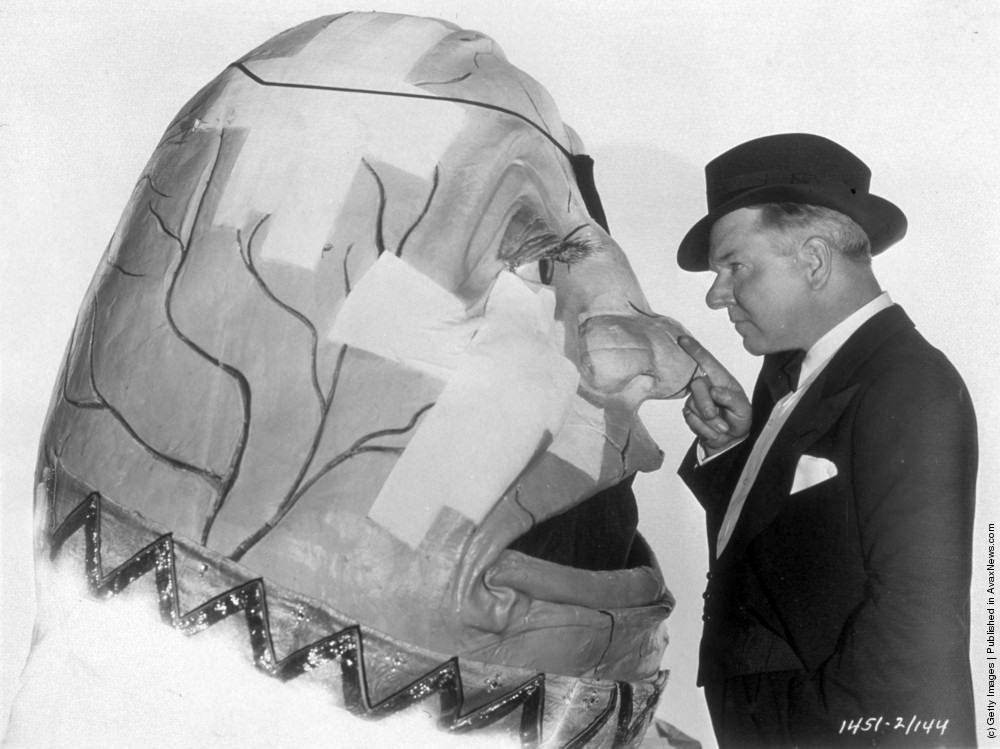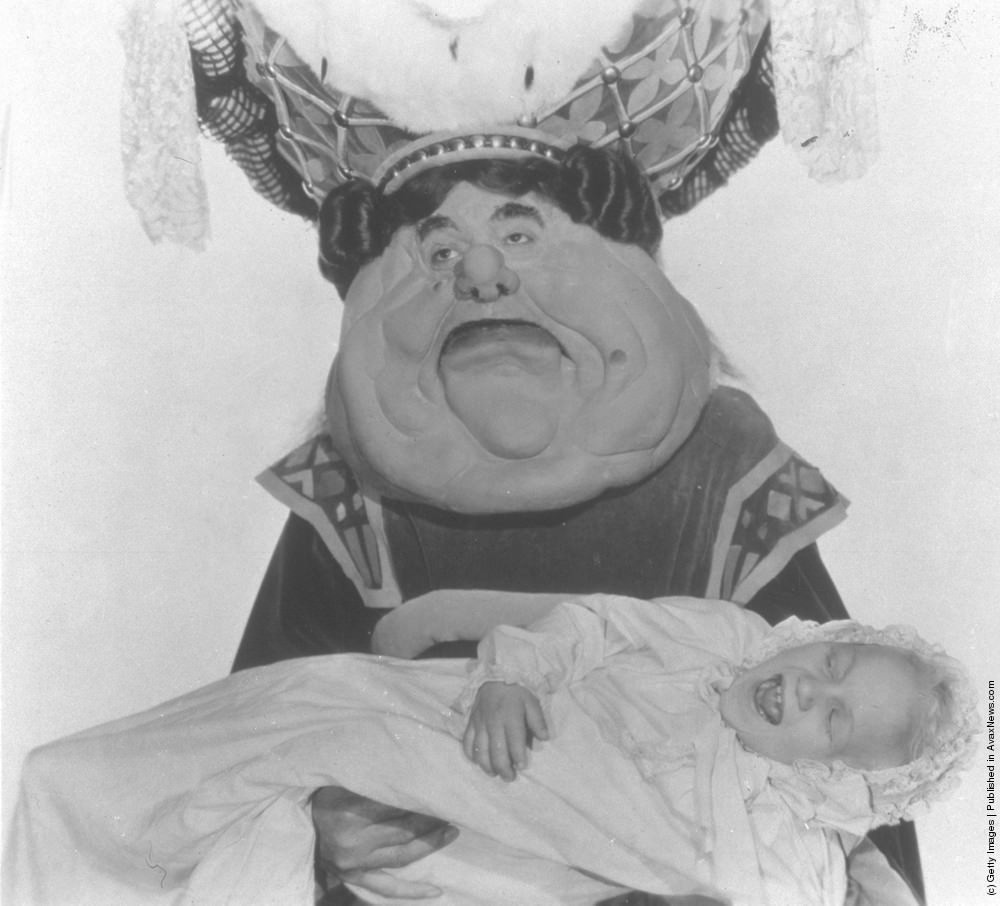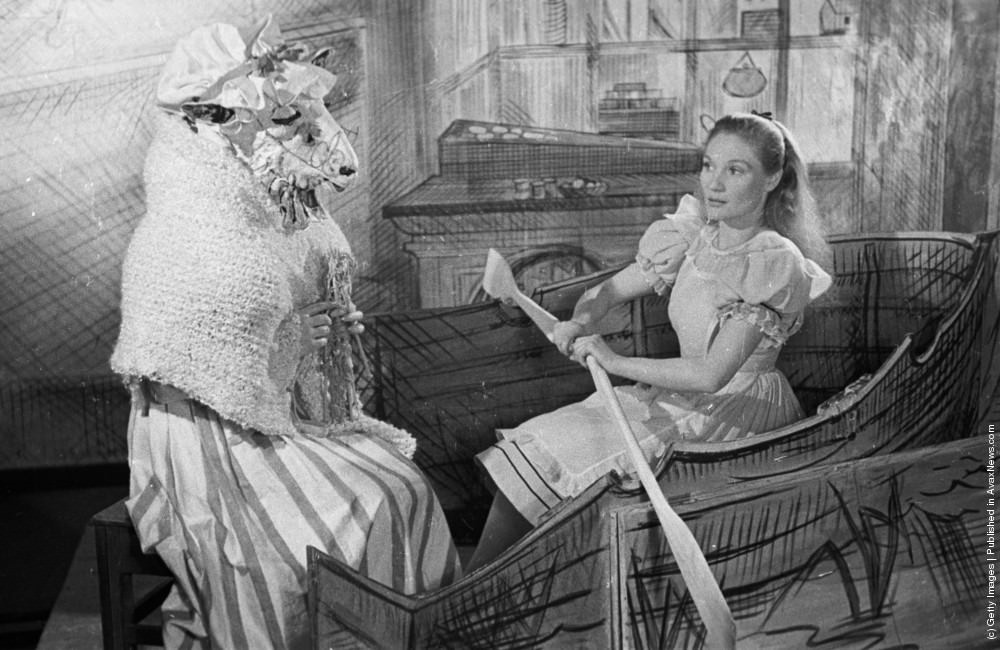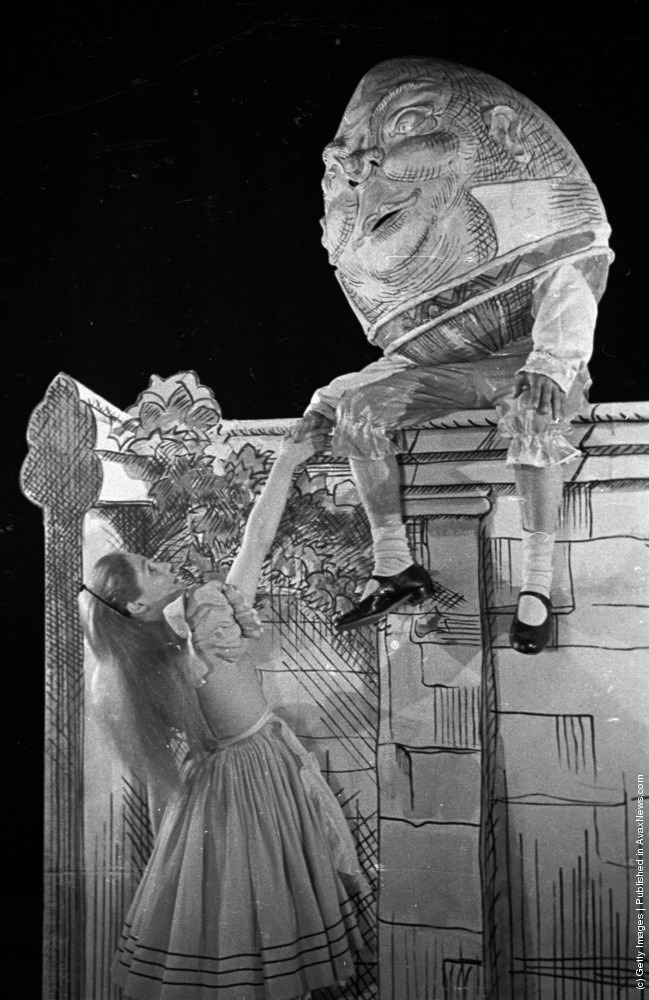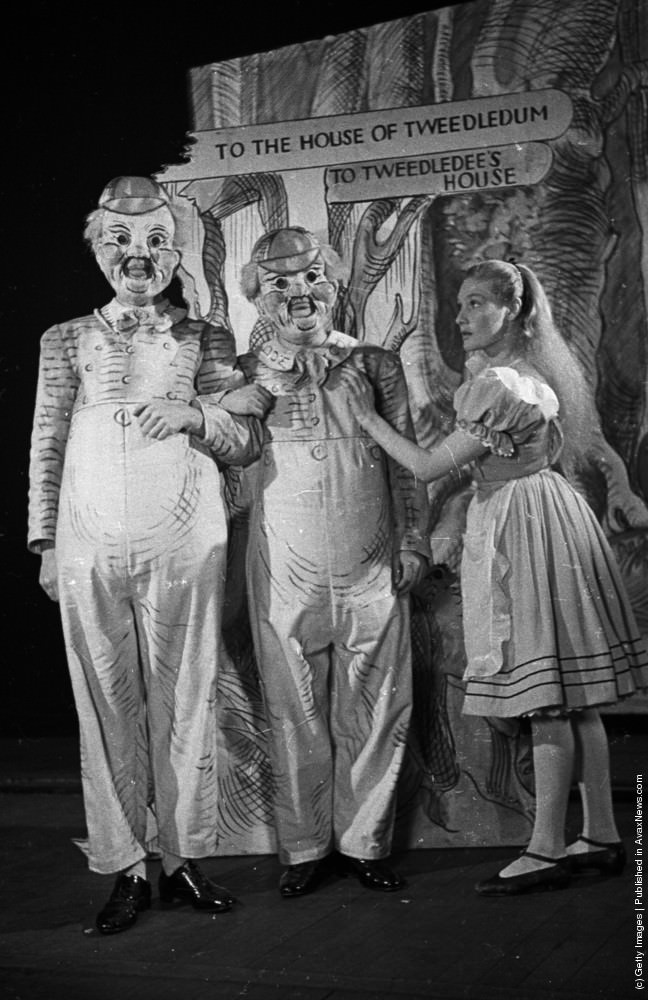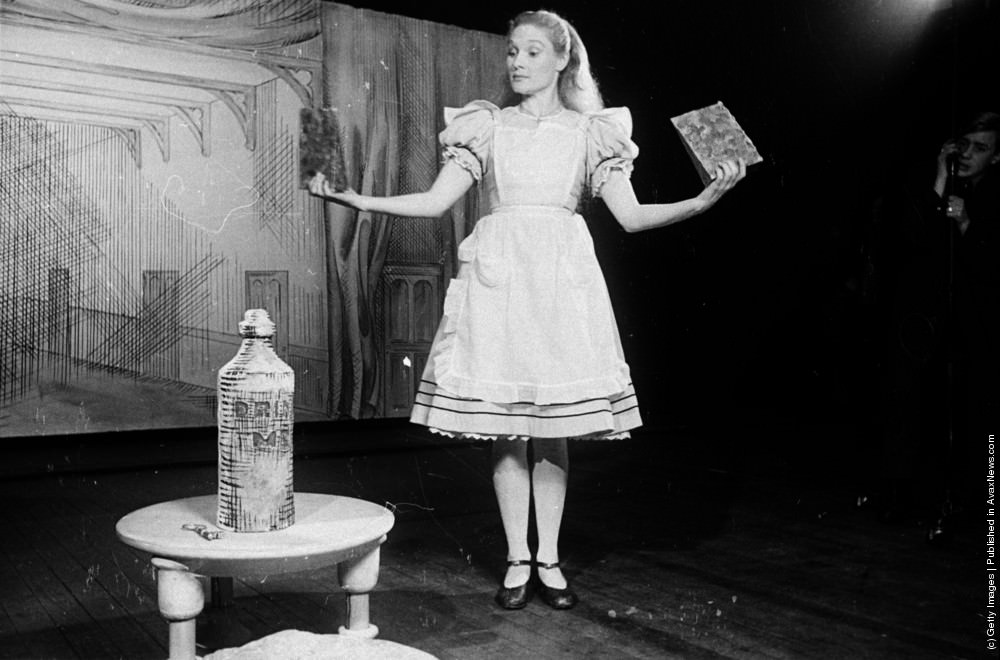‘Alice’s Adventures in Wonderland’ is a well-known novel from 1865. It was written by Charles Lutwidge Dodgson, who used the pen name Lewis Carroll. The book tells the story of a girl named Alice who falls down a rabbit hole into a strange world filled with talking animals and unusual characters.
While the story is famous for its imaginative fantasy elements, there’s also an interesting photographic connection to its beginnings. The author, Charles Dodgson, was not only a writer and mathematician but also an enthusiastic and skilled photographer. This was during the mid-19th century when photography was still a relatively new art form.
The character of Alice was inspired by a real young girl named Alice Liddell. She was the daughter of one of Dodgson’s friends. Dodgson took many photographs of Alice Liddell, often along with her sisters. These photographs are primarily portraits of the children. They don’t depict scenes from the finished book, like the Queen of Hearts or the Cheshire Cat. Instead, they offer a glimpse of the real person who inspired one of literature’s most famous characters. Some of these portraits capture Alice Liddell in various poses, sometimes looking thoughtful or dressed in simple costumes.
Read more
When the book was first published, it included illustrations by John Tenniel. These drawings became the classic images associated with Alice and her adventures for many generations. As the story’s popularity grew, other artists and creators began to interpret Wonderland visually.
Early attempts to show scenes from ‘Alice in Wonderland’ using photography came later. Photographs were taken of stage play adaptations of the book. Additionally, one of the very first film versions was a short silent movie made in 1903. Promotional still photographs from such early films would represent some of the first photographic images trying to capture the look of Wonderland characters and settings described in Carroll’s book.
These early photographs, whether they are Dodgson’s portraits of Alice Liddell or stills from turn-of-the-century adaptations, have a distinct historical quality. People in portraits from that era often held still poses because exposure times were longer than today. Photos connected to early stage or film productions show the initial efforts to create costumes and scenery for Wonderland based on the materials and understanding of the time.


